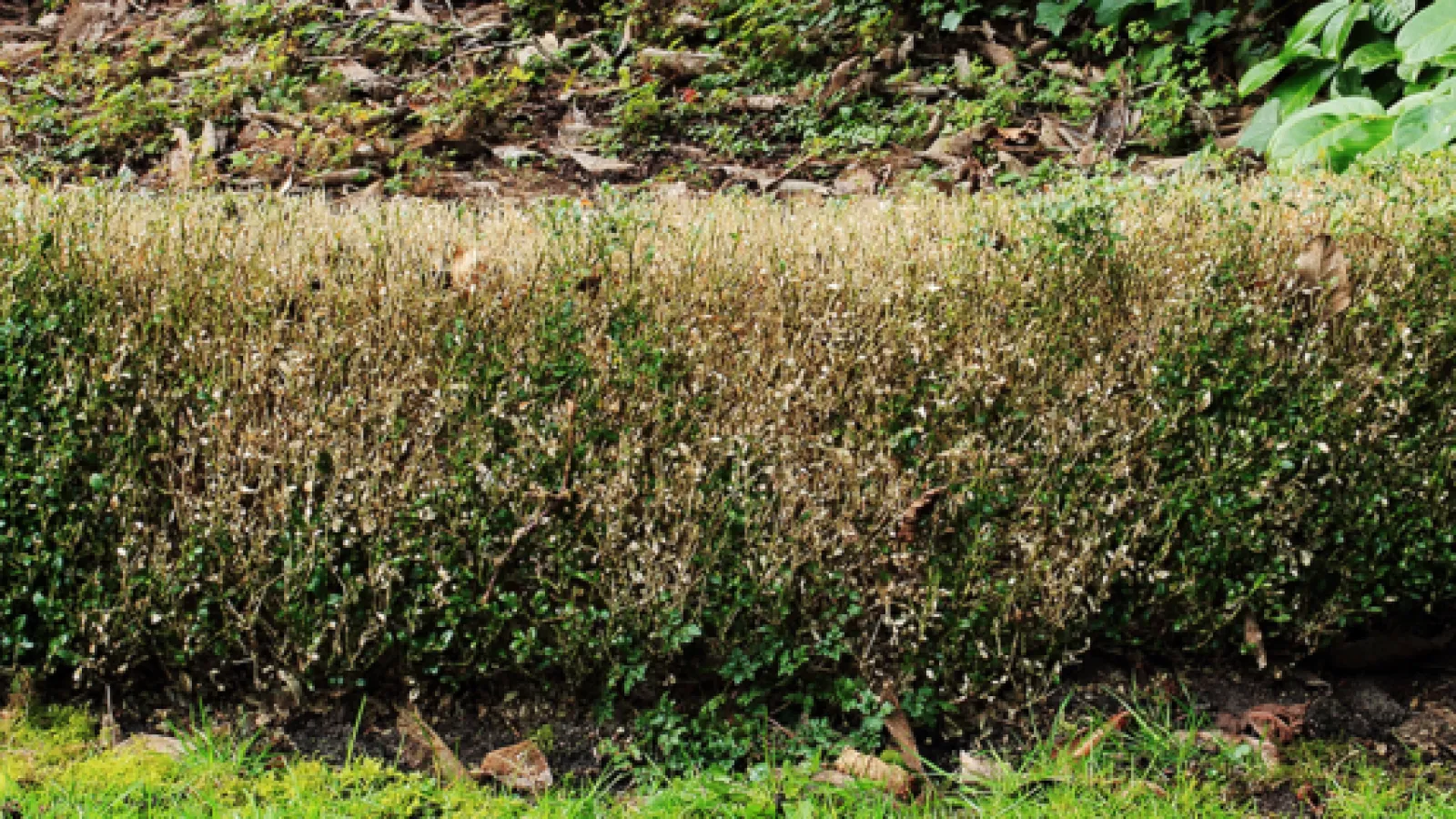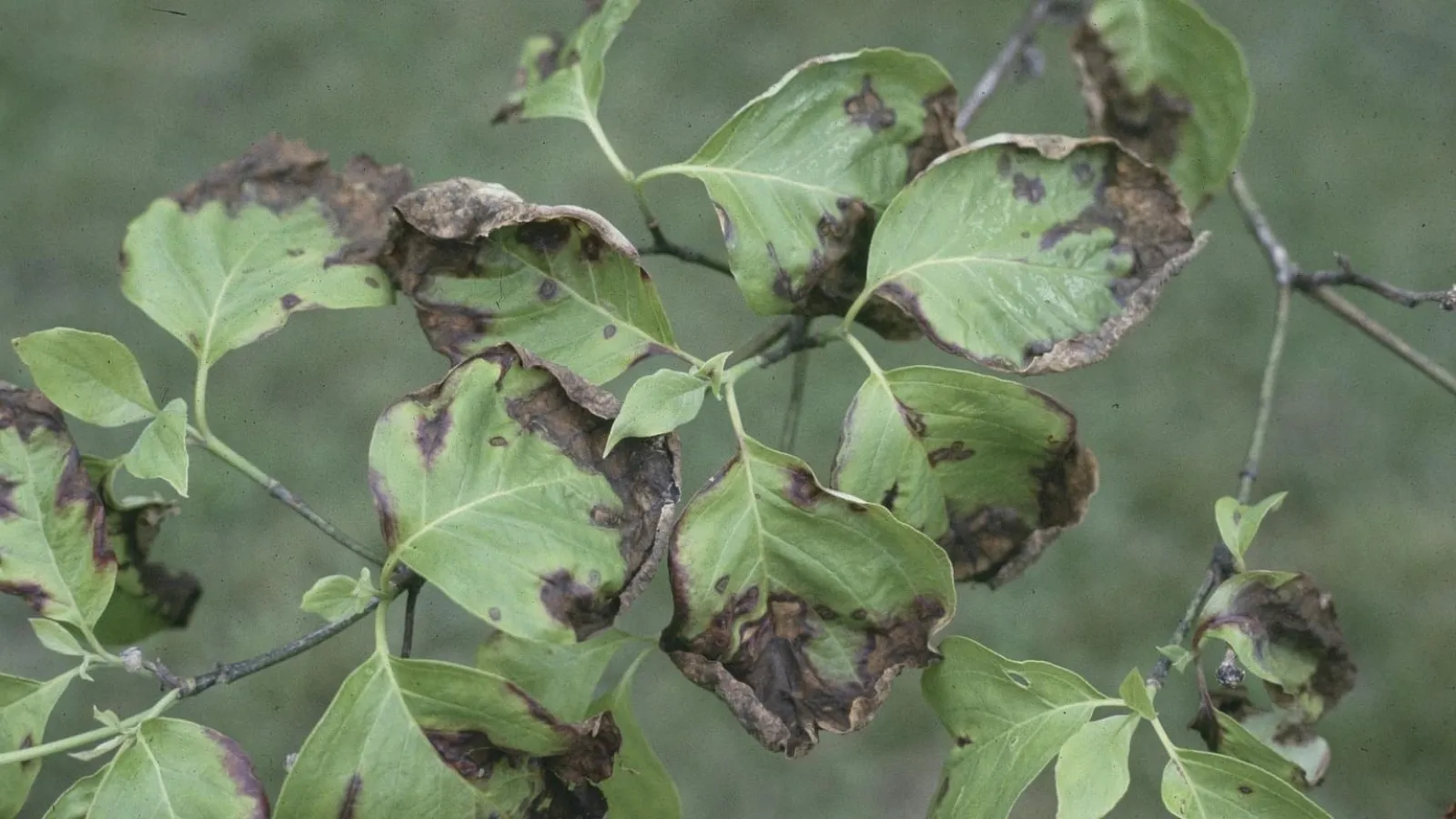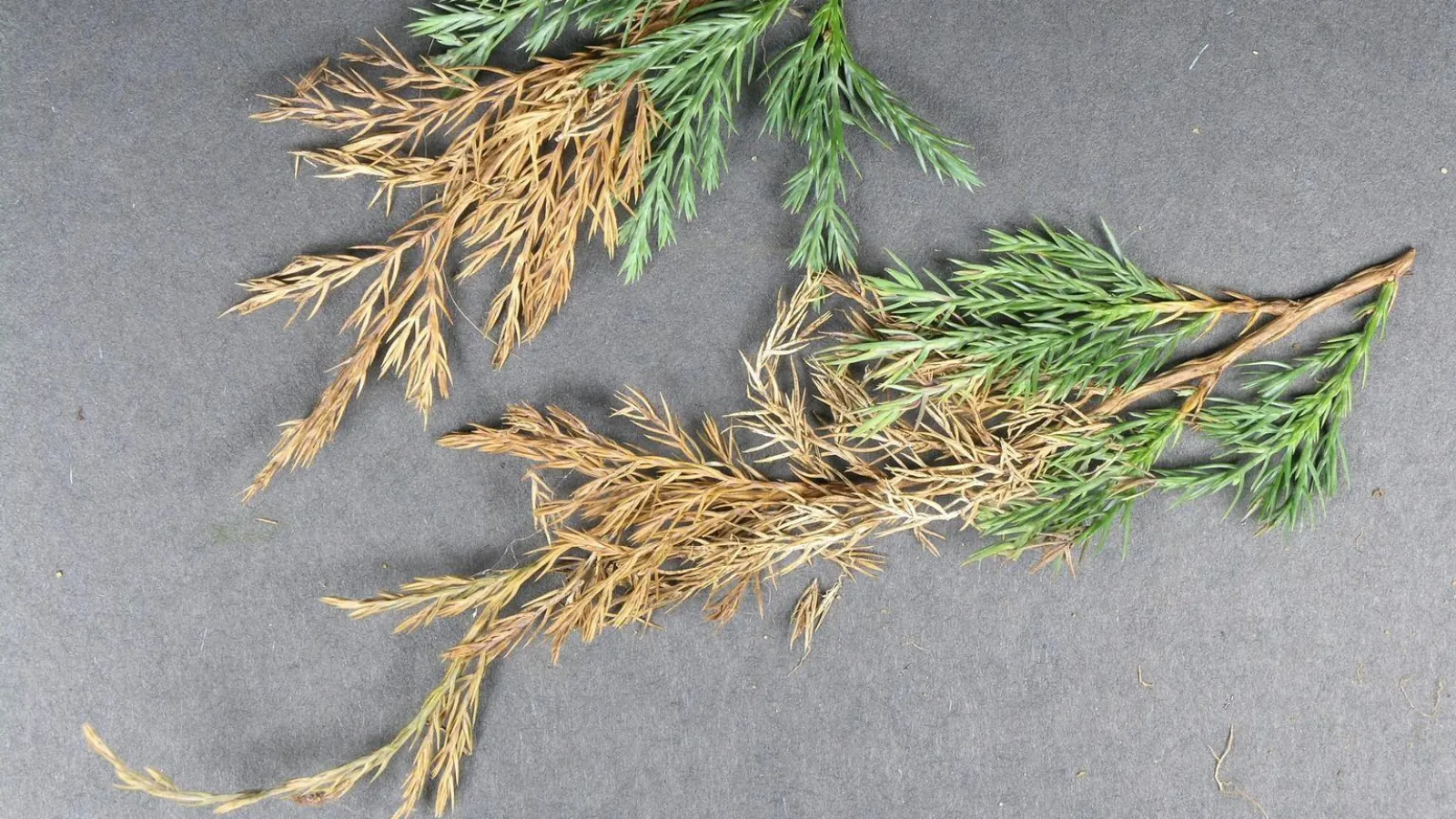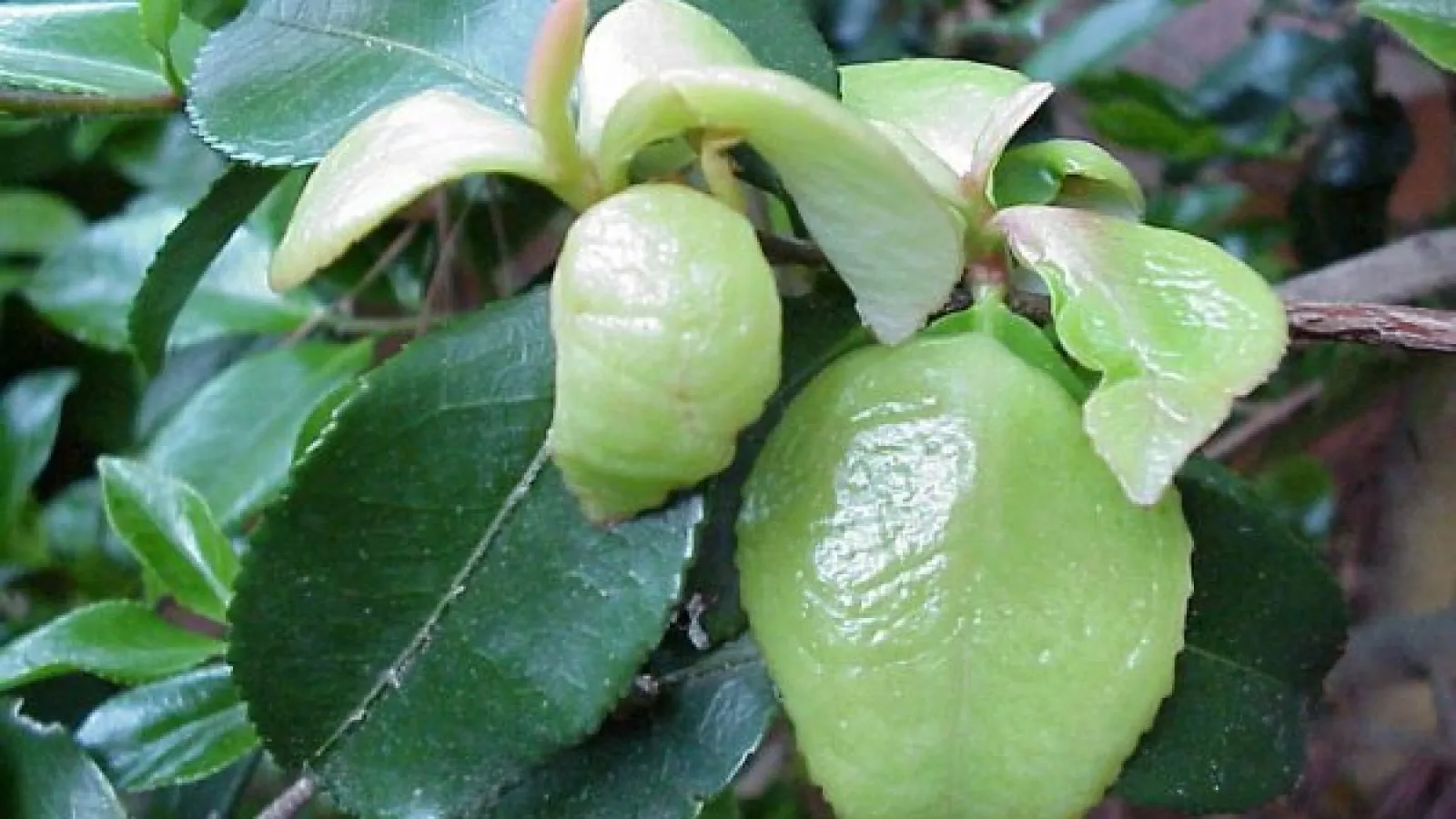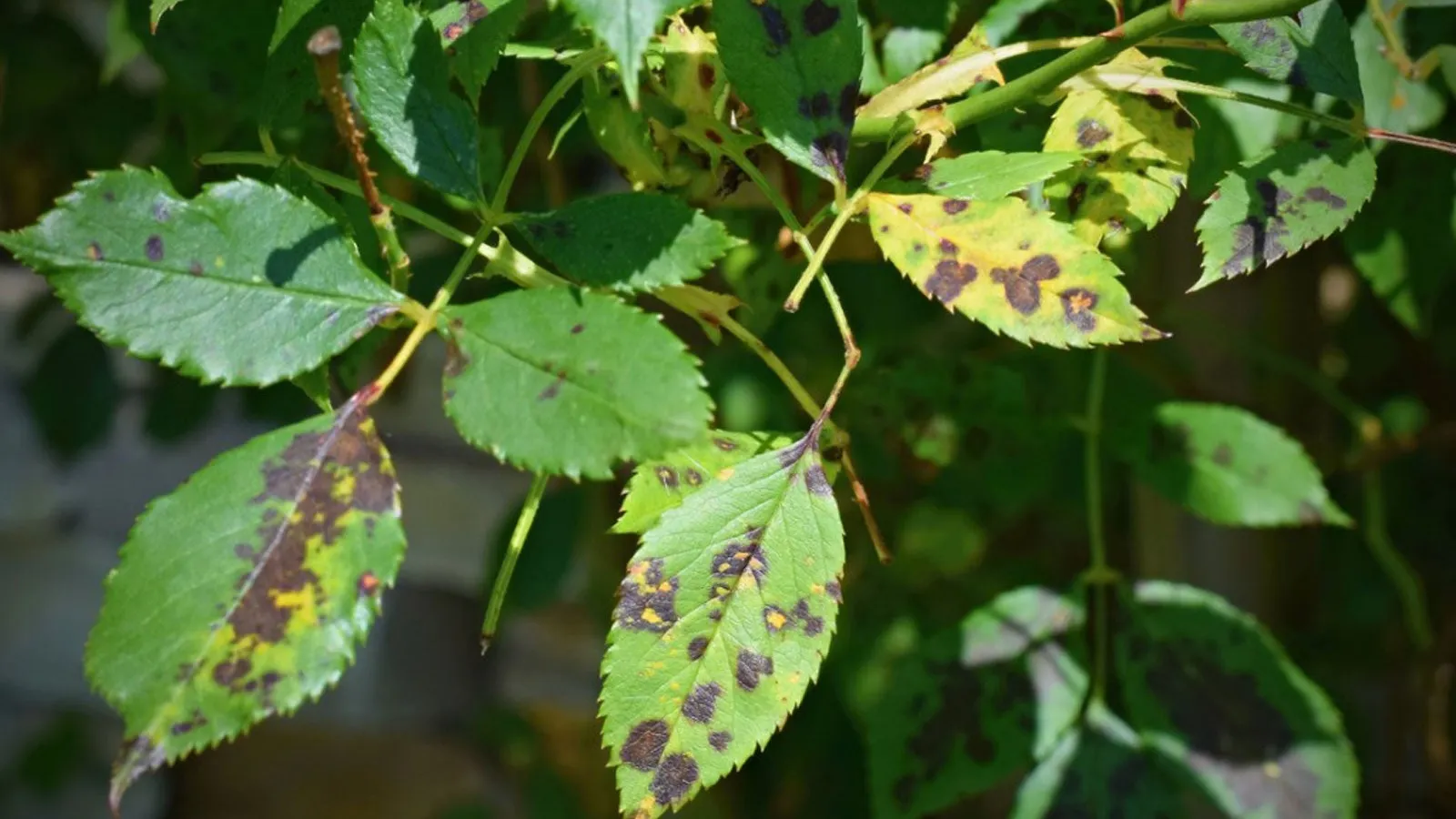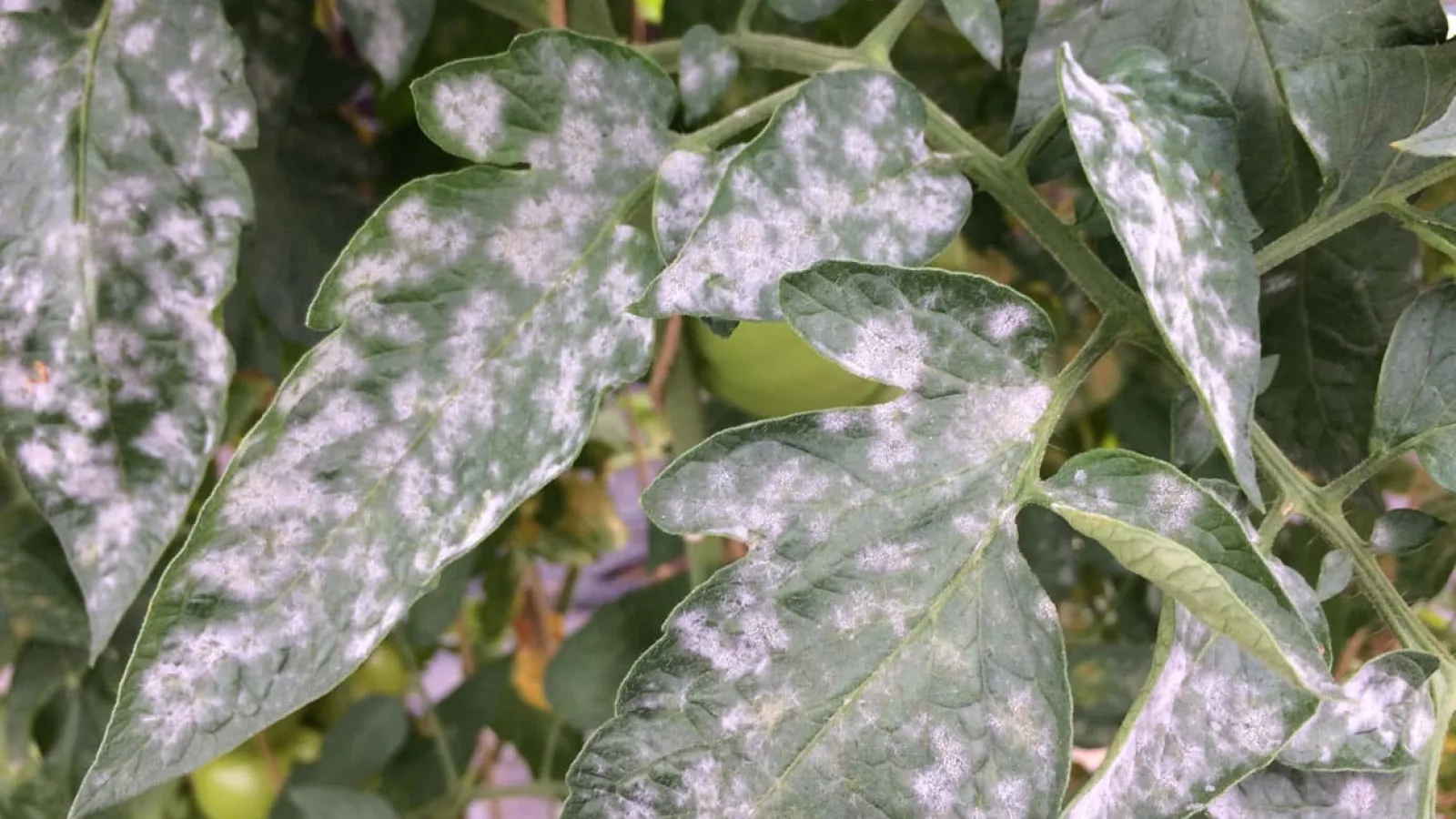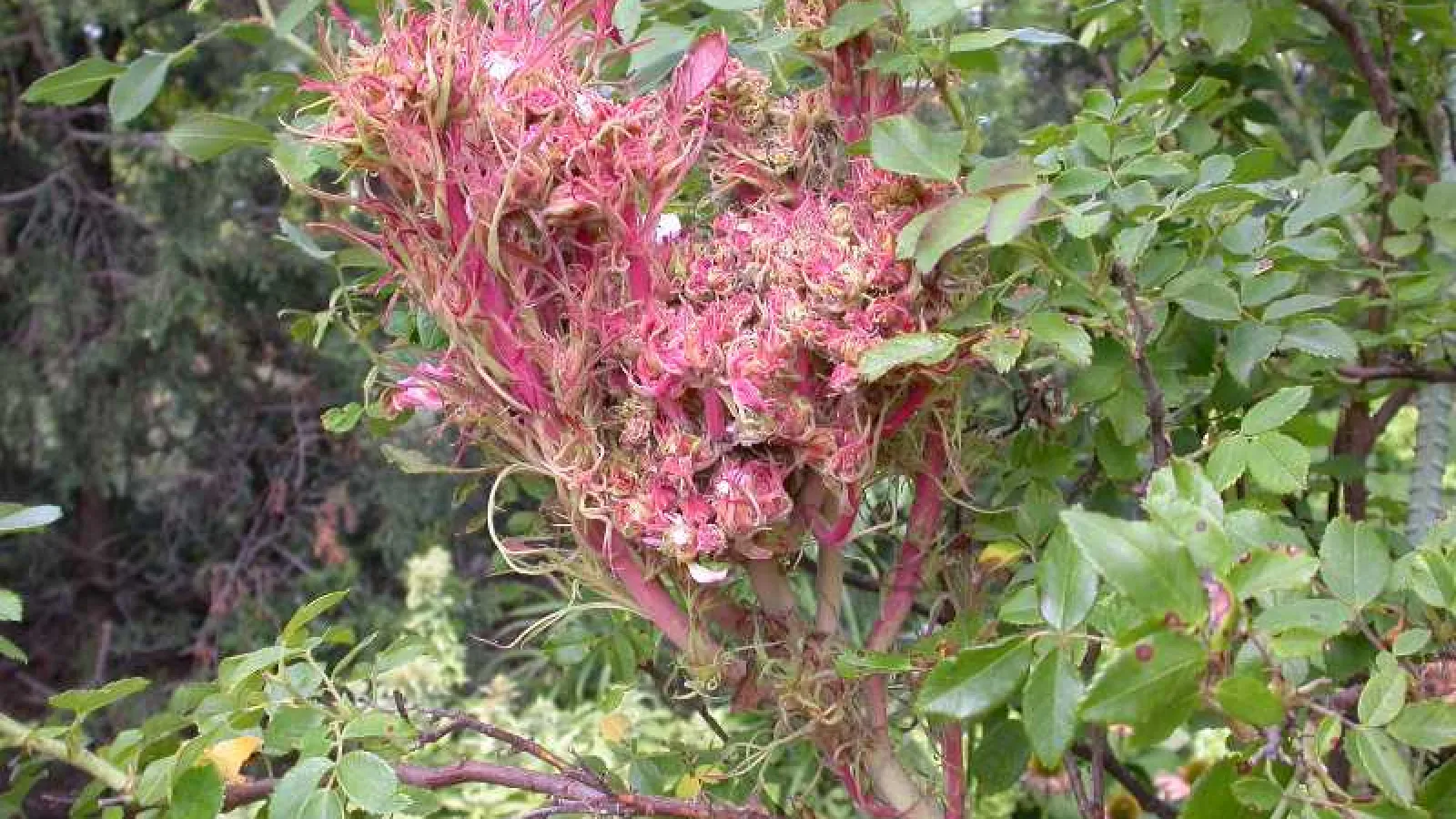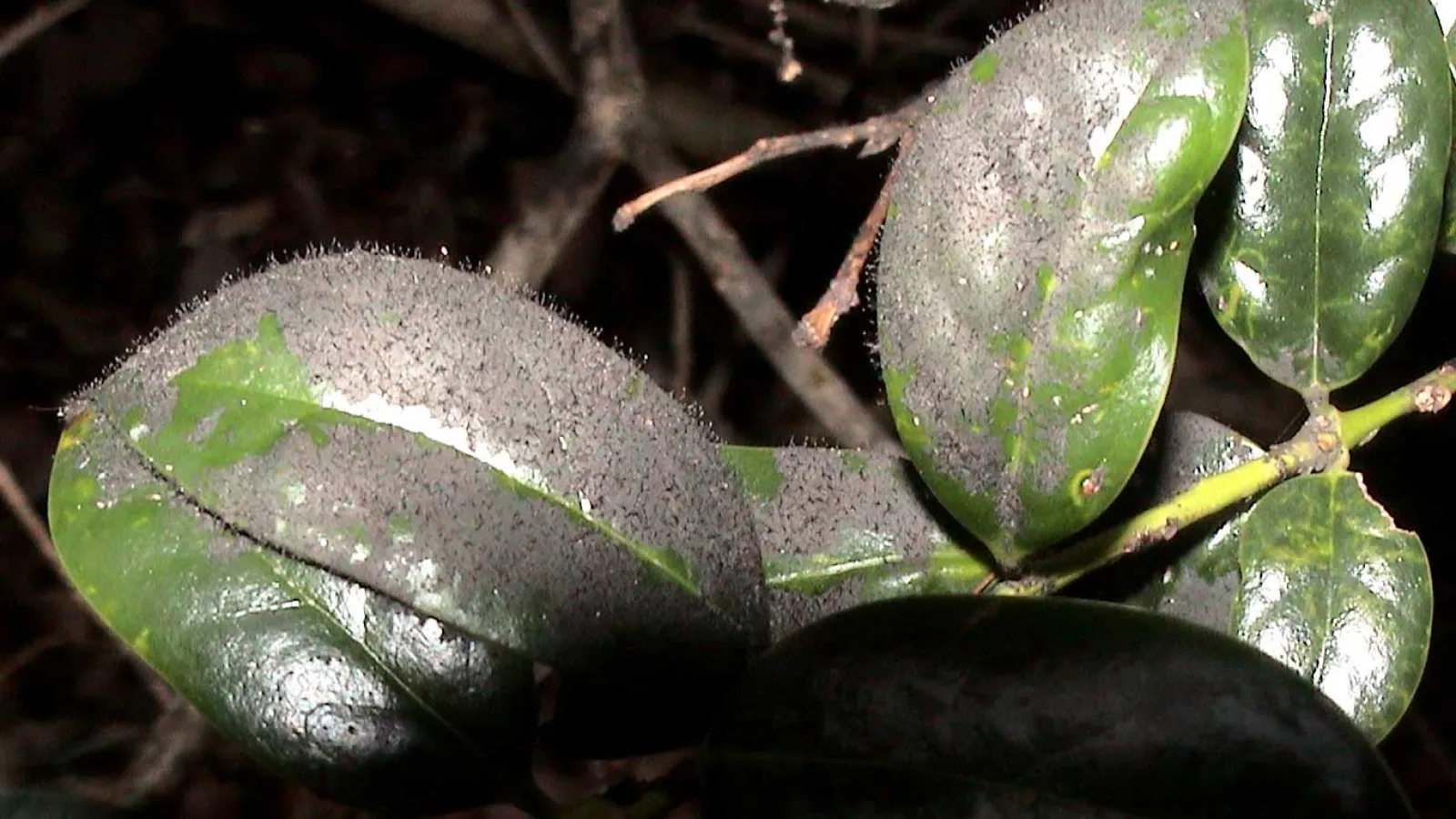Tree & Shrub Disease Library
Common Tree & Shrub Diseases
Without Turf Masters Lawn Care, disease and fungus may damage or destroy your trees and shrubs. Learn more about common diseases.
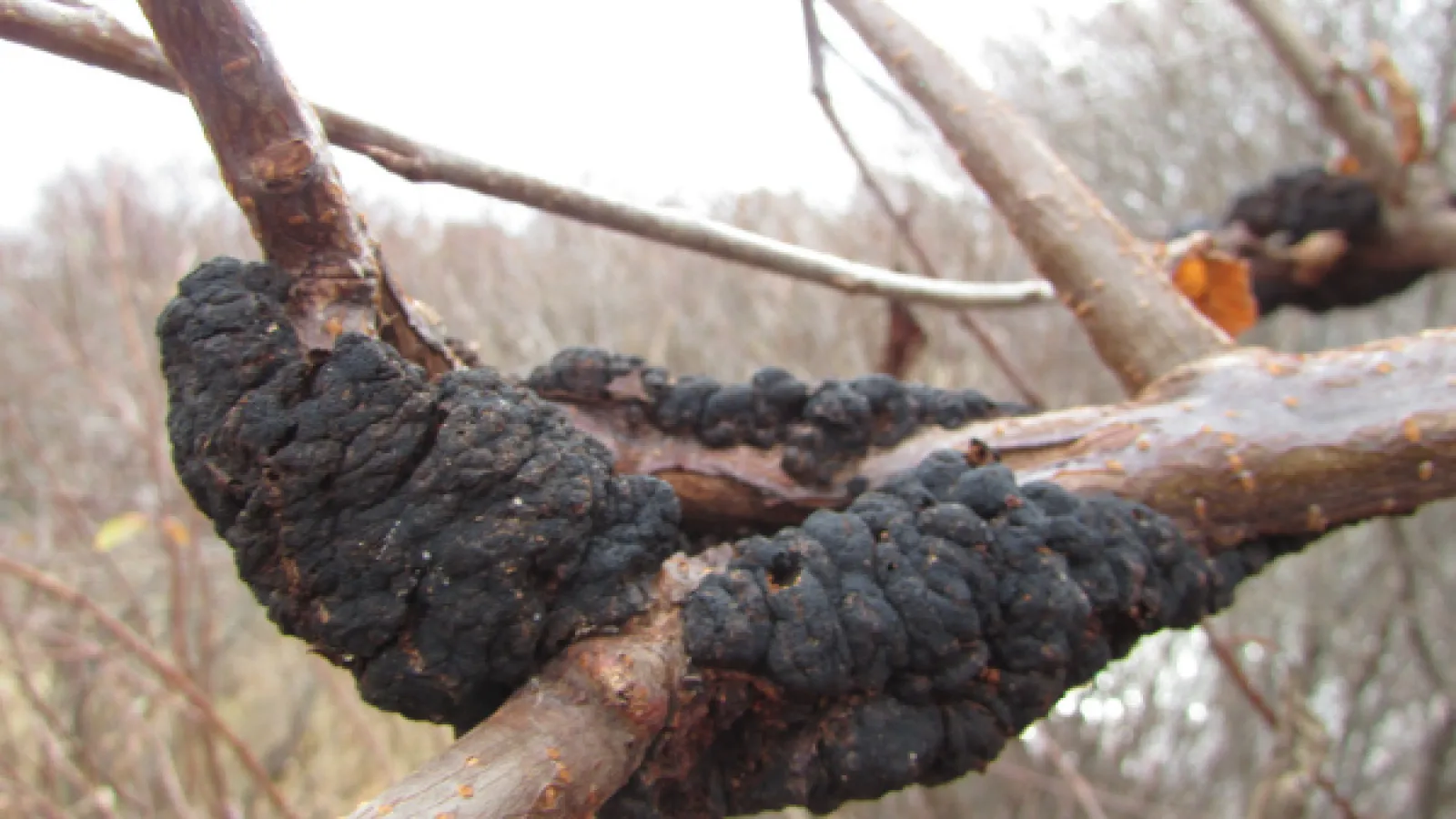
Black knot
- Found on cherry trees and purple-leaf plums
- Active spring through summer
- Tree & Shrub Care can offer significant protection against black knot, but proper sanitation and pruning cannot be ignored.
If left untreated, black knot can strangle new growth, girdle branches, and cause poor fruit production.
- Active spring through summer
- Tree & Shrub Care can offer significant protection against black knot, but proper sanitation and pruning cannot be ignored.
If left untreated, black knot can strangle new growth, girdle branches, and cause poor fruit production.
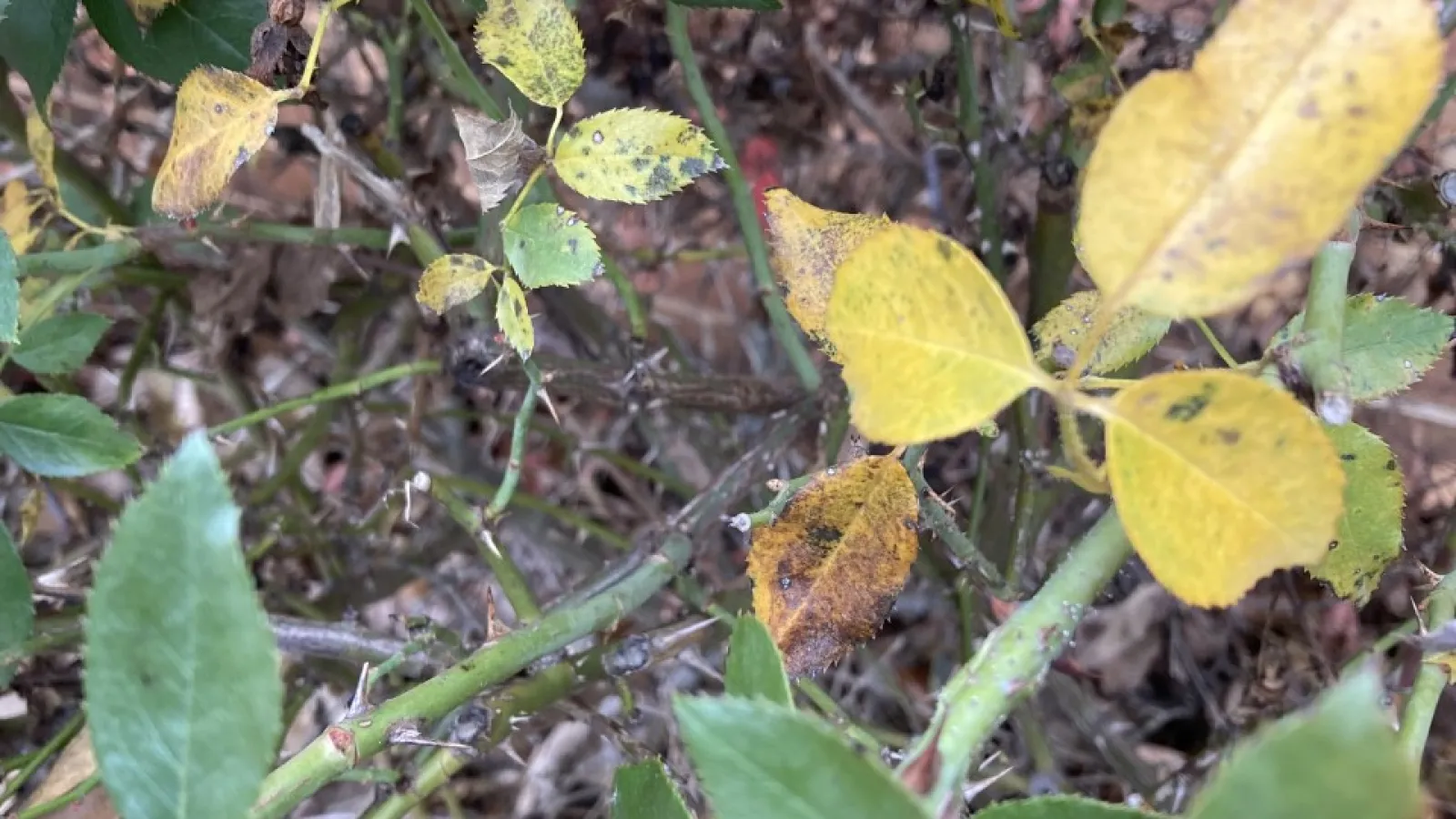
Black spot of Roses
- Found on roses
- Active spring through fall
- Can be controlled with professional care and prevent future new growth
Black spot occurs everywhere roses grow in the United States and is the most serious disease of roses. The disease does not kill the plant outright, but over time, the loss of leaves can weaken the plant making it more susceptible to other stresses and winter damage.
- Active spring through fall
- Can be controlled with professional care and prevent future new growth
Black spot occurs everywhere roses grow in the United States and is the most serious disease of roses. The disease does not kill the plant outright, but over time, the loss of leaves can weaken the plant making it more susceptible to other stresses and winter damage.
Boxwood blight
- Found on boxwoods
- Active spring through summer
Boxwood blight was confirmed for the first time in North America in 2011 in North Carolina and has since been reported in more than 27 states. Symptoms of boxwood blight are brown leaf spots that lead to the dieback of branches and the entire plant.
- Active spring through summer
Boxwood blight was confirmed for the first time in North America in 2011 in North Carolina and has since been reported in more than 27 states. Symptoms of boxwood blight are brown leaf spots that lead to the dieback of branches and the entire plant.
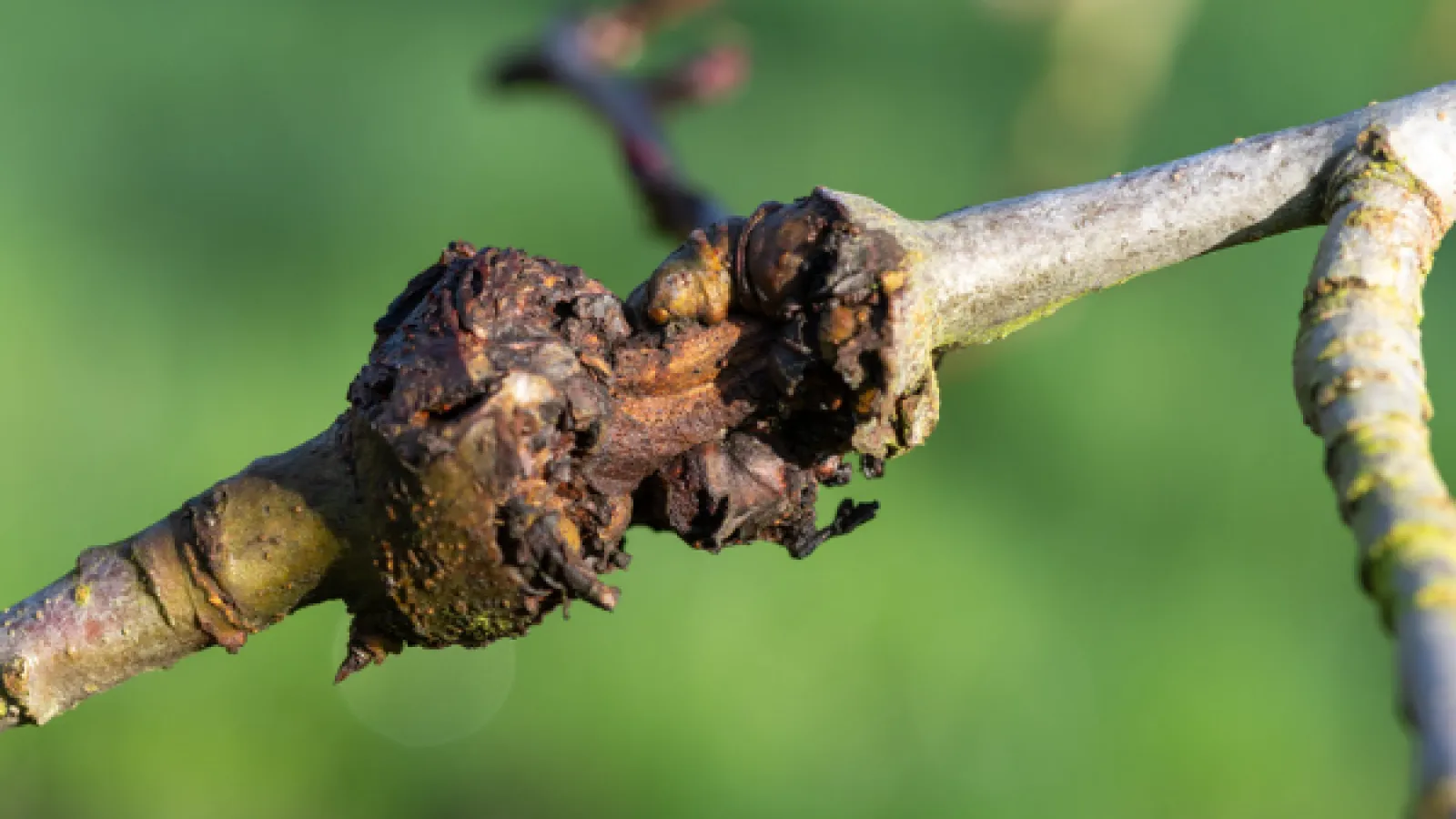
Cankers
- Found on evergreens, hardwoods, and fruit trees
- Active year-round
Cankers kill the bark and result from a fungus entering the tree and growing between the bark and the wood. However, cankers can also be caused by damage from weed eaters, lawnmowers, chemicals, insects, or environmental conditions.
- Active year-round
Cankers kill the bark and result from a fungus entering the tree and growing between the bark and the wood. However, cankers can also be caused by damage from weed eaters, lawnmowers, chemicals, insects, or environmental conditions.
Dogwood anthracnose
- Found on dogwoods
- Active spring through summer
The initial symptoms of dogwood anthracnose are small tan leaf spots that grow into large tan blotches. The infection begins in the leaves and spreads to twigs and branches. Shade increases the risk of infection and plant death.
- Active spring through summer
The initial symptoms of dogwood anthracnose are small tan leaf spots that grow into large tan blotches. The infection begins in the leaves and spreads to twigs and branches. Shade increases the risk of infection and plant death.
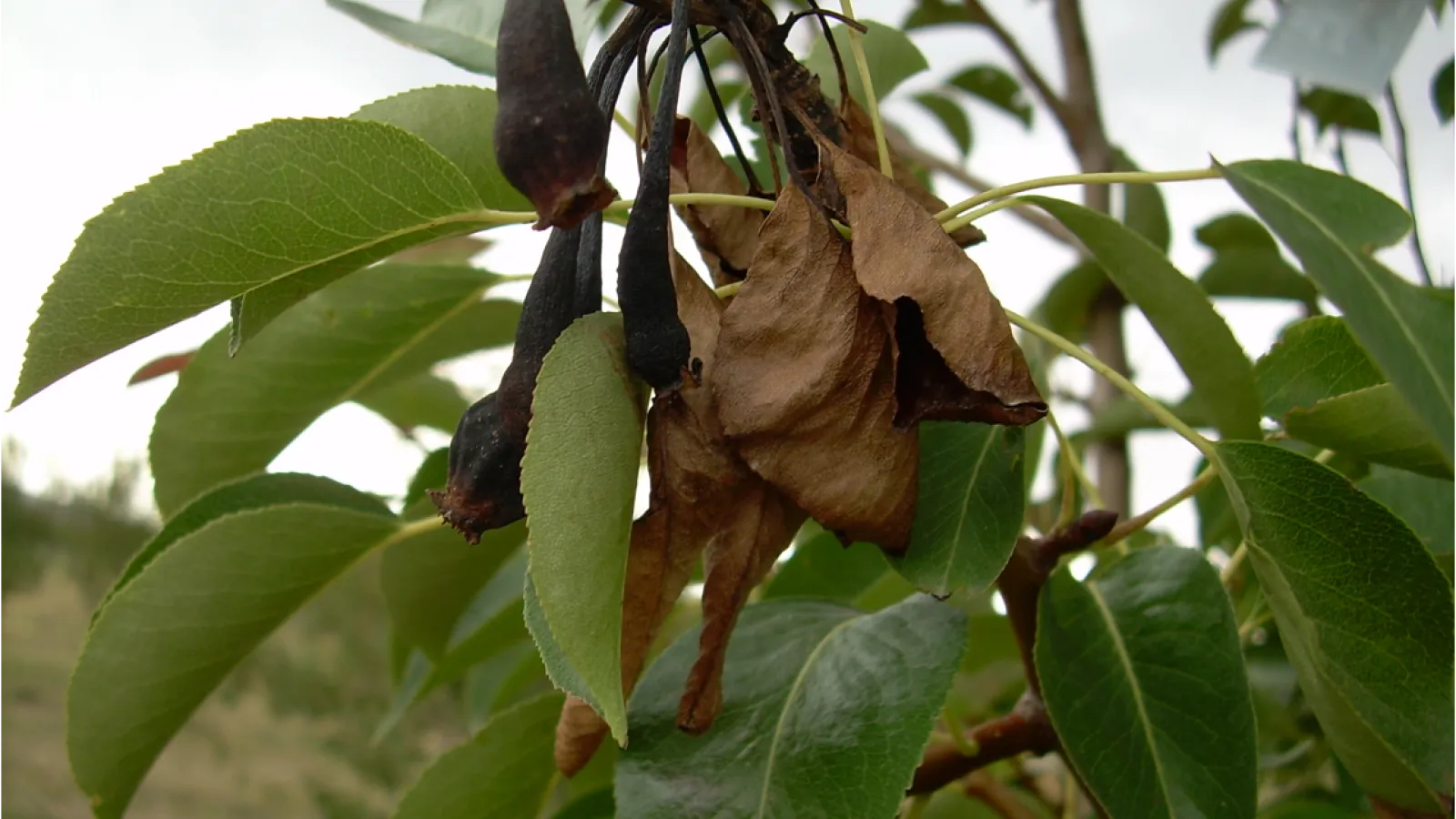
Fire blight
- Found on crabapple, quince, and pyracantha
- Active in spring
Fireblight is a destructive, highly infectious, widespread disease caused by the bacterium Erwinia amylovora. Fire blight attacks blossoms, leaves, shoots, branches, fruits, and roots. And it can be spread from diseased to healthy plants by rain, wind, and pruning tools.
- Active in spring
Fireblight is a destructive, highly infectious, widespread disease caused by the bacterium Erwinia amylovora. Fire blight attacks blossoms, leaves, shoots, branches, fruits, and roots. And it can be spread from diseased to healthy plants by rain, wind, and pruning tools.
Juniper blight
- Found on junipers
- Active in spring through summer
Juniper blight predominantly affects healthy new plant growth. Symptoms include developing foliage turning brown, dead foliage turning gray, and cankers developing.
- Active in spring through summer
Juniper blight predominantly affects healthy new plant growth. Symptoms include developing foliage turning brown, dead foliage turning gray, and cankers developing.
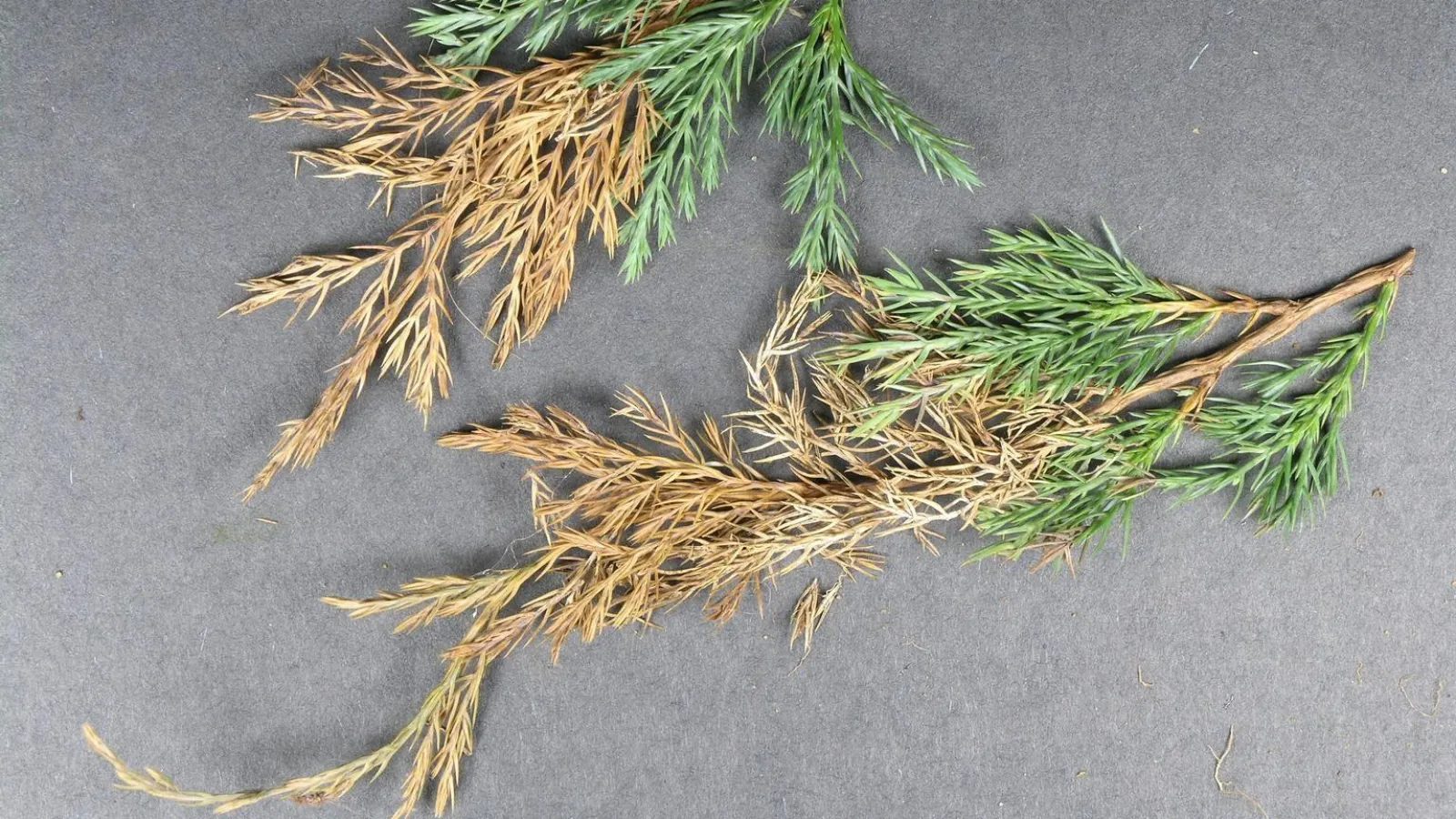
Juniper tip blight
- Found on junipers
- Active in spring through summer
If infected, Junipers frequently exhibit dieback of shoot tips or entire shoots and browning of needles. Needles may drop from the plant, and dark cankers may form at the junction of live and dead wood.
- Active in spring through summer
If infected, Junipers frequently exhibit dieback of shoot tips or entire shoots and browning of needles. Needles may drop from the plant, and dark cankers may form at the junction of live and dead wood.
Leaf gall
- Found on azaleas, camellias, and hardwood trees
- Active in spring
Leaf galls are fairly common on trees and shrubs. A gall is plant tissue that has developed as the result of feeding or other activity by insects or mites.
- Active in spring
Leaf galls are fairly common on trees and shrubs. A gall is plant tissue that has developed as the result of feeding or other activity by insects or mites.
Leaf spot
- Found on Indian hawthorns, hydrangeas, magnolias, and more
- Active spring through summer
Leaf spot is a common descriptive term applied to several diseases affecting the foliage of ornamentals and shade trees. The spots may be circular or blotchy and are generally somewhat raised from the plant surface.
- Active spring through summer
Leaf spot is a common descriptive term applied to several diseases affecting the foliage of ornamentals and shade trees. The spots may be circular or blotchy and are generally somewhat raised from the plant surface.
Powdery Mildew
- Found on euonymus, crepe myrtles, dogwoods, cucumbers, squash, tomatoes, and more
- Active spring through summer
Plants infected with powdery mildew look like they've been dusted with flour. Powdery mildew spores typically drift into your garden with the wind. But if powdery mildew has affected a plant in the past, new outbreaks may also come from dormant spores in old vegetative material.
- Active spring through summer
Plants infected with powdery mildew look like they've been dusted with flour. Powdery mildew spores typically drift into your garden with the wind. But if powdery mildew has affected a plant in the past, new outbreaks may also come from dormant spores in old vegetative material.
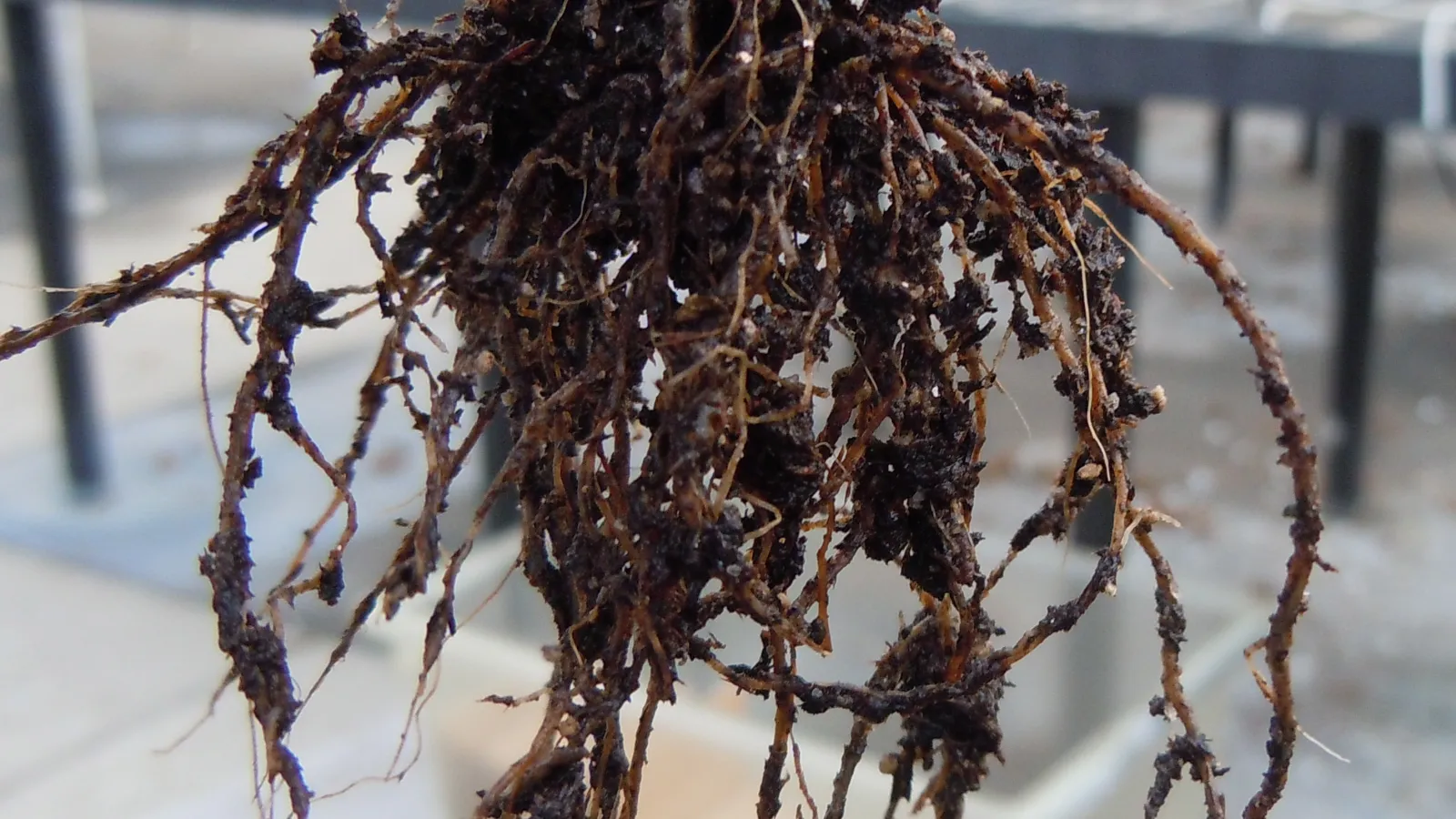
Pythium Root Rot
- Found on any shrub, azaleas, and rhododendrons
- Active spring through summer
Symptoms of pythium root rot include yellow or bronze foliage, wilting, branch dieback, poor plant vigor, and sometimes death. It occurs in wet, poorly drained soils. If roots become diseased, they cannot absorb water and nutrients needed for growth.
Photo credit: Pacific Northwest Pest Management Handbooks
- Active spring through summer
Symptoms of pythium root rot include yellow or bronze foliage, wilting, branch dieback, poor plant vigor, and sometimes death. It occurs in wet, poorly drained soils. If roots become diseased, they cannot absorb water and nutrients needed for growth.
Photo credit: Pacific Northwest Pest Management Handbooks
Rose rosette virus
- Found on roses
- Active spring through summer
Rose rosette disease causes roses to grow strangely deformed stems, leaves, and flowers. It's a virus but requires a tiny mite called an eriophyid mite to transfer the disease between plants. can cause major problems for nurseries, landscapers, and gardeners. There is no cure for rose rosette disease, and symptomatic roses should be destroyed.
- Active spring through summer
Rose rosette disease causes roses to grow strangely deformed stems, leaves, and flowers. It's a virus but requires a tiny mite called an eriophyid mite to transfer the disease between plants. can cause major problems for nurseries, landscapers, and gardeners. There is no cure for rose rosette disease, and symptomatic roses should be destroyed.
Learn more by watching our video.
Shot hole fungus
- Found on laurels, ornamental plums, peaches, and apricot trees
- Active spring through summer
Shot hole fungus affects fruits, buds, and stems but is most obvious on the leaves. The leaves will discolor in spots, and then the spots drop off of the leaf, leaving the "shot hole" look. The fungus overwinters in infected buds and twig lesions and spreads by rain and wind-blown rain.
- Active spring through summer
Shot hole fungus affects fruits, buds, and stems but is most obvious on the leaves. The leaves will discolor in spots, and then the spots drop off of the leaf, leaving the "shot hole" look. The fungus overwinters in infected buds and twig lesions and spreads by rain and wind-blown rain.
Sooty mold
- Found on any shrub with aphids, scale, or white fly infestation
- Active spring through summer
Sooty mold is the common name for several fungi that grow on the sweet secretions left behind by sap-sucking insects. It usually indicates an infestation from aphids, whiteflies, soft scales, or other insects with piercing mouthparts that feed on plant sap.
- Active spring through summer
Sooty mold is the common name for several fungi that grow on the sweet secretions left behind by sap-sucking insects. It usually indicates an infestation from aphids, whiteflies, soft scales, or other insects with piercing mouthparts that feed on plant sap.
